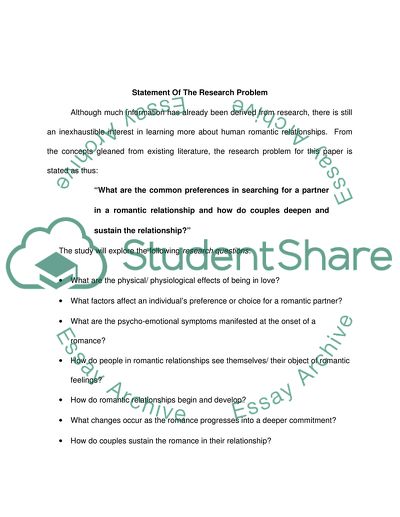Cite this document
(The Anatomy of Romance Book Report/Review Example | Topics and Well Written Essays - 5000 words, n.d.)
The Anatomy of Romance Book Report/Review Example | Topics and Well Written Essays - 5000 words. Retrieved from https://studentshare.org/english/1715689-concept-paper
The Anatomy of Romance Book Report/Review Example | Topics and Well Written Essays - 5000 words. Retrieved from https://studentshare.org/english/1715689-concept-paper
(The Anatomy of Romance Book Report/Review Example | Topics and Well Written Essays - 5000 Words)
The Anatomy of Romance Book Report/Review Example | Topics and Well Written Essays - 5000 Words. https://studentshare.org/english/1715689-concept-paper.
The Anatomy of Romance Book Report/Review Example | Topics and Well Written Essays - 5000 Words. https://studentshare.org/english/1715689-concept-paper.
“The Anatomy of Romance Book Report/Review Example | Topics and Well Written Essays - 5000 Words”, n.d. https://studentshare.org/english/1715689-concept-paper.


